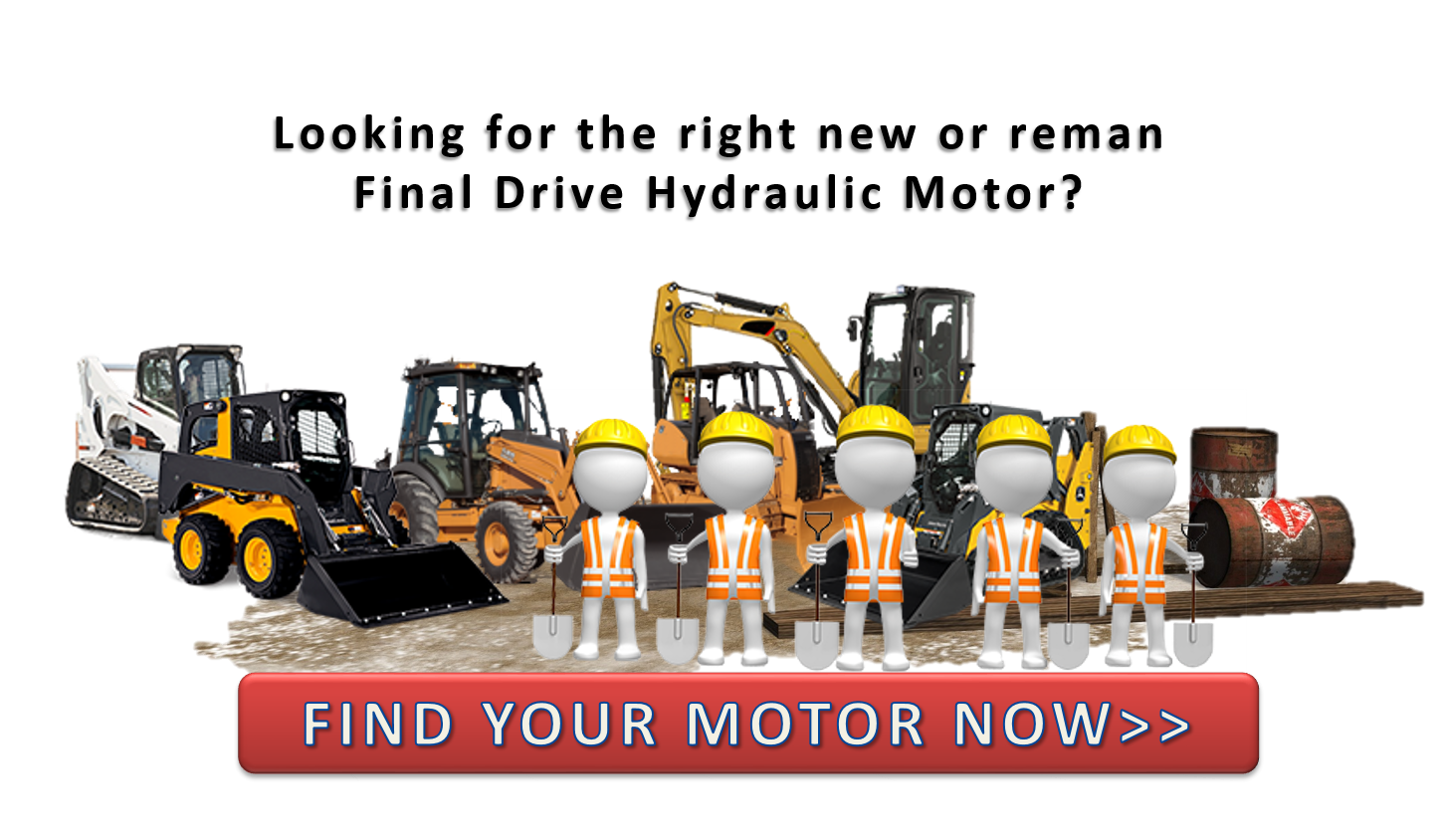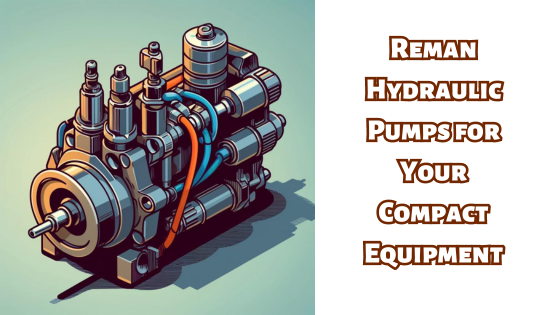Single Speed and Dual Speed Final Drives: What You Need to Know
Jan 18th 2018
When it comes time to replace your drive motor, it can be hard to tell if you have a two speed or a single speed hydraulic motor. It is very important to make sure you order the correct model the first time, so in this blog post we are going to talk about how to tell if you need a single speed or dual speed motor for your SSL (skid steer loader), CTL (compact track loader), or mini-excavator.
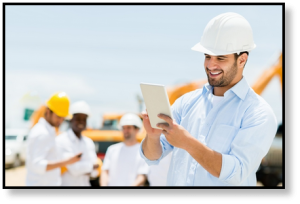
Dual Speed = Single Speed? No!
If you have a machine designed to work with a dual speed drive motor, you cannot use a single speed motor in place of it. There’s really just no way to make that work. That means if you order a single speed when you need a dual speed, you’ll lose time and money while you return it and wait for the correct motor to come in. This can be easily avoided, though! And it doesn’t matter what brand or type of machine you may have — a New Holland skid steer, a Bobcat track loader, or a CAT multi-terrain loader.
Identifying Single Speed and Dual Speed
Let’s talk about how to tell the difference. The easiest way is to count the number of hydraulic lines coming from the motor.
If your machine is a skid-steer, a compact track loader, or a multi-terrain loader, you should see either 4 or 5 hydraulic lines. If you have 4 hydraulic lines, then you need a single speed motor; if you have five hydraulic lines, then you need a two speed motor. In the image below, you can see ports for 4 hydraulic lines: two case drain lines (C1 and C2) and the flow/return ports (A and B). This would be a single speed motor.
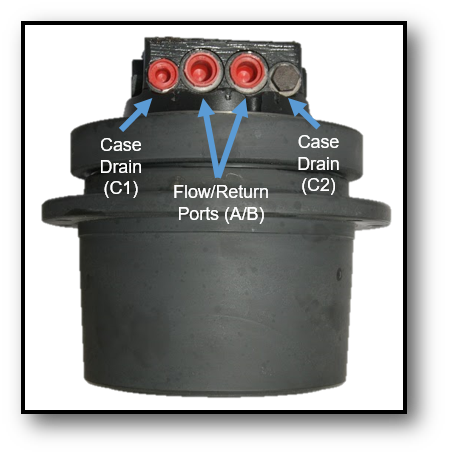
Next we have a dual-speed motor. You will see that there are four ports: 2 case drain ports (C1 and C2), the flow/return ports (A and B), and the 2-speed port. Again, this would be a dual speed motor.

If, on the other hand, you machine is a mini-excavator, you will see either three lines or four lines coming from the motor. If you see three lines, it’s a single speed motor. If you see four lines, it’s a two speed motor.
Converting Dual Speed to Single Speed
Here’s something interesting, though: if you have a single speed machine and, for some reason, need to use a dual speed motor on it, there is a workaround available in the form of a bypass/conversion hose kit.
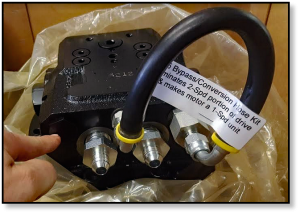
Such a kit, like the one shown, can be used to eliminate the additional hydraulic port and allow the final drive or hydraulic motor to function as a single speed motor. In the image , you can see where the third line used to be.
Dual Speed Drive Motors and Single Speed Drive Motors
If you order a dual speed model to replace a single speed motor, you can order a bypass housing and still get the motor to work. However, if you order a single speed motor when you need a dual speed motor, you are in trouble. Take a few minutes to count the hydraulic lines to verify if you need a single speed or dual speed model and save yourself some major headaches later on!


